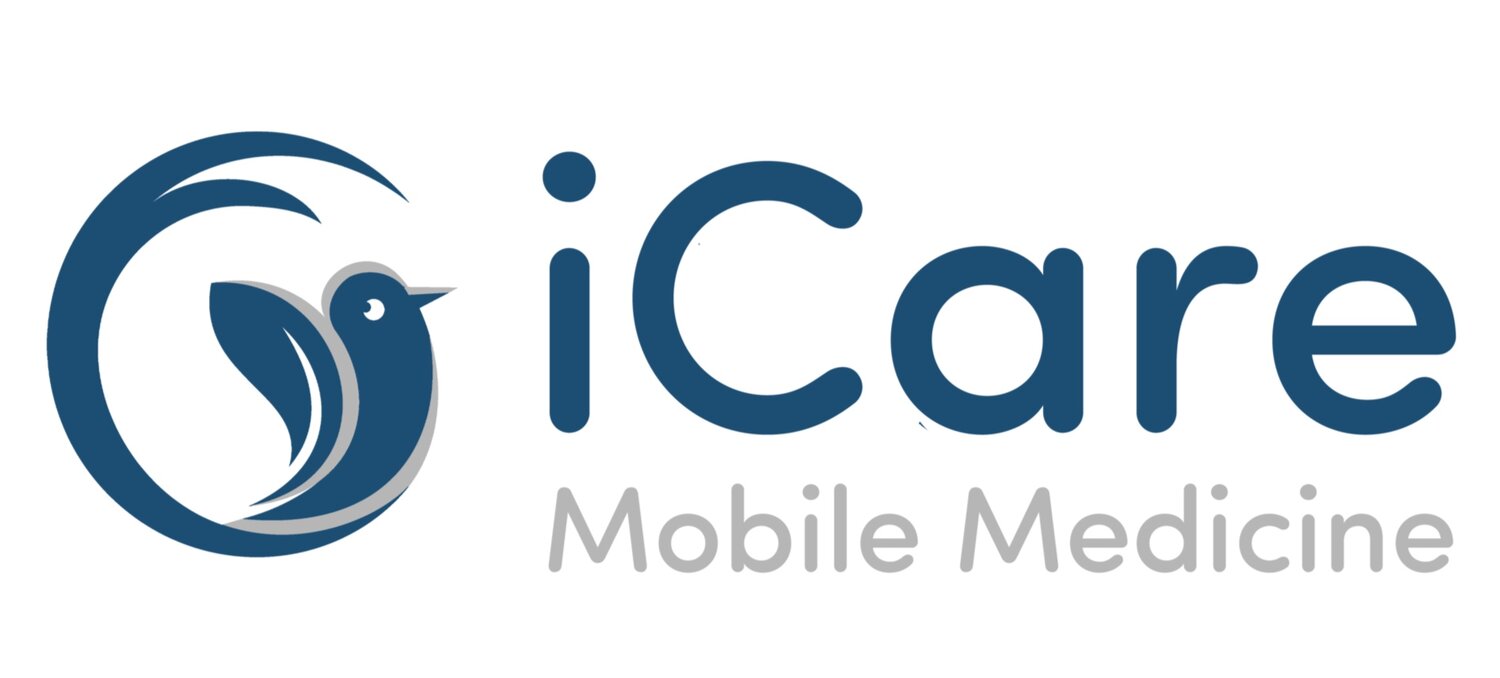Muscle spasm
Muscle spasms (muscle cramps) are painful contractions and tightening of your muscles. They’re common, involuntary and unpredictable. Although there are steps you can take to prevent a muscle spasm and treat it when it attacks, those methods are not always reliable. Muscle relaxants, stretching and massage are most likely to help.
What are muscle spasms (muscle cramps)?
Otherwise known as muscle cramps, spasms occur when your muscle involuntary and forcibly contracts uncontrollably and can’t relax. These are very common and can affect any of your muscles. They can involve part or all of a muscle, or several muscles in a group. The most common sites for muscle spasms are the thighs, calves, feet, hands, arms and abdomen. When occurring in the calves, especially, such cramps are known as “charley horses.” A leg cramp that happens at night when you’re at rest or asleep is called a “nocturnal leg cramp.”
Muscle spasm symptoms
Most muscle cramps develop in the leg muscles, particularly in the calf. Besides the sudden, sharp pain, you might also feel or see a hard lump of muscle tissue beneath your skin.
When to seek care
Muscle cramps usually disappear on their own and are rarely serious enough to require medical care. However, see your doctor if your cramps:
Cause severe discomfort
Are associated with leg swelling, redness or skin changes
Are associated with muscle weakness
Happen frequently
Don't improve with self-care
Aren't associated with an obvious cause, such as strenuous exercise
Trusted Sources:
